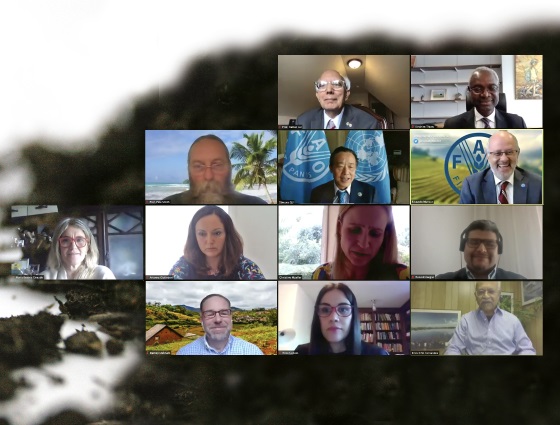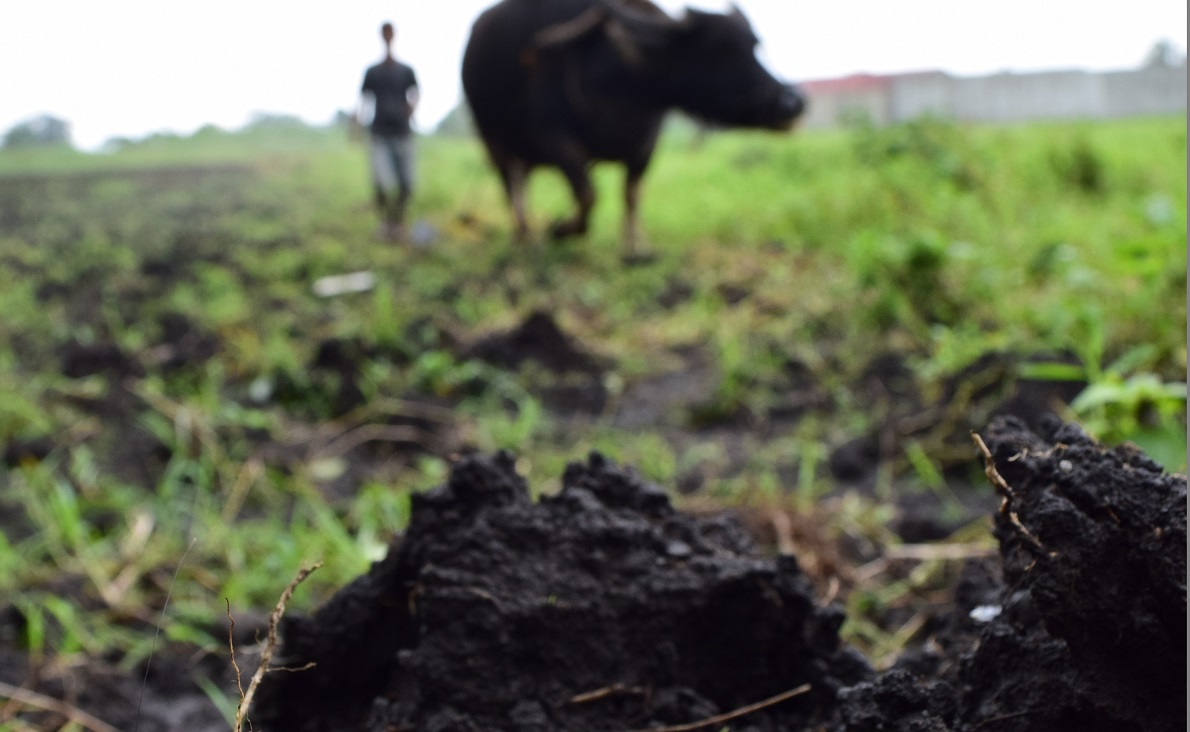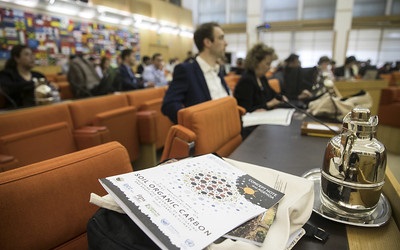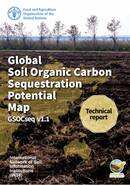RECSOIL - Recarbonization of Global Soils
 Within the framework of the Koronivia Joint Work on Agriculture (KJWA), the Food and Agriculture Organization (FAO) of the United Nations and its Global Soil Partnership (GSP) launched RECSOIL - Recarbonization of Global Soil, a promising greenhouse gases (GHG) offsetting option to decarbonize the economy, based on the implementation of sustainable soil management practices (soil organic carbon-centered) on a large scale. RECSOIL is an innovative tool, composed of various components that will be defined and designed with detail according to each country’s situation and in agreement with local authorities.[...]
Within the framework of the Koronivia Joint Work on Agriculture (KJWA), the Food and Agriculture Organization (FAO) of the United Nations and its Global Soil Partnership (GSP) launched RECSOIL - Recarbonization of Global Soil, a promising greenhouse gases (GHG) offsetting option to decarbonize the economy, based on the implementation of sustainable soil management practices (soil organic carbon-centered) on a large scale. RECSOIL is an innovative tool, composed of various components that will be defined and designed with detail according to each country’s situation and in agreement with local authorities.[...]

























